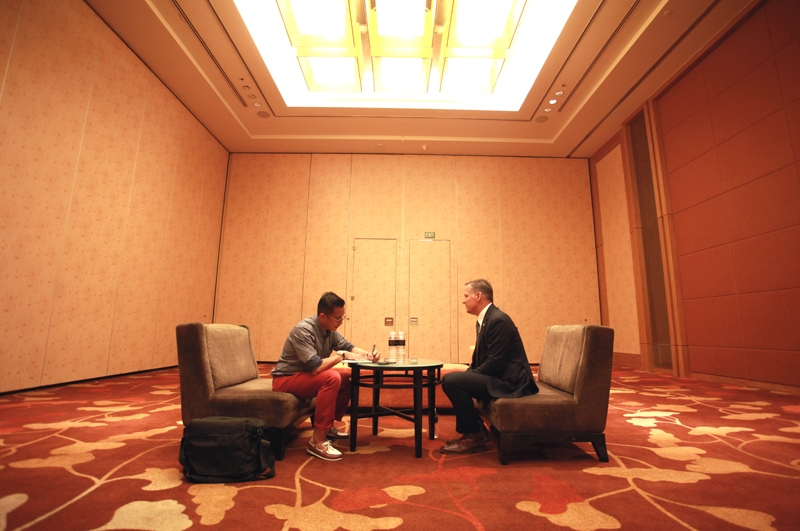Burnpavement spoke to the man behind the new Honda NSX, finding out the challenges he faced - and we found out he has a Honda S2000 too!
Photos by Azfar Hashim and Aaron Hia
An American heading a project to redevelop a cult car from a Japanese brand - sounds a little unconventional by tradition. But Ted Klaus, the Chief Engineer of the NSX project, seem unfazed by the expectations of (a) Honda and (b) more importantly, Japanese sports car lovers the world over. So, is this new technologically packed Honda NSX something he is satisfied with? Read this interview and find out; especially the three local individuals who are awaiting delivery of their very own, modern day NSX version II.
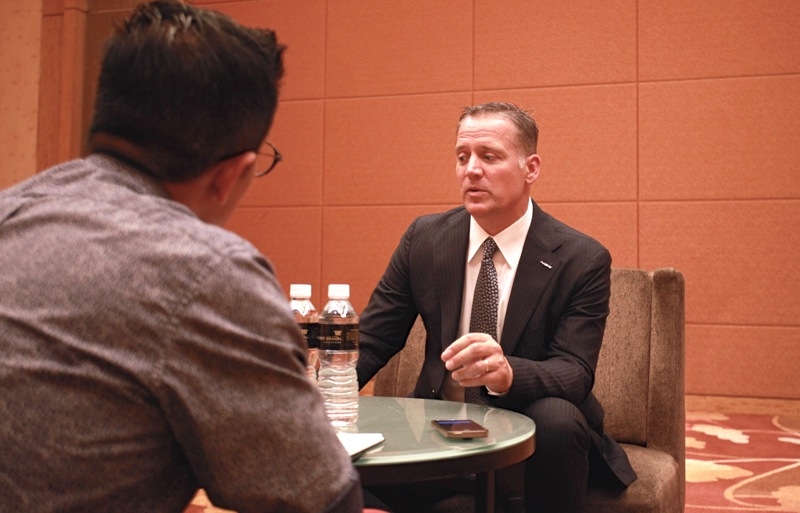
The weight of the NSX project laid mostly on your shoulders. What are the three things that inspired you while engineering this car?
Certainly I’m the large project leader, but the nice thing about working on this project is that I work with a group of passionate people around me. So I think the ‘weight’ is nicely distributed, giving me confidence everyday.
The three things that inspired me? Well, I think people tend to look at the NSX as ‘just a product’; but actually it’s a concept created by Honda, the brand’s pinnacle sports car at that. I met the original team behind the original NSX, and that meeting alone inspired me to recreate the core essence of the NSX — we needed to bring that back, along with new technology. The second thing that inspired me was meeting certain people within the organization; without the need for any proof, they just jumped into this crazy project, with brand new technologies, and sticking to the timeline. It’s just inspiring to see these people take up that challenge.
Lastly it’s meeting the NSX owners group and observing how passionate they are. They’re a diverse bunch — at the same time, very open-minded, encouraging us to make something new and world-class.
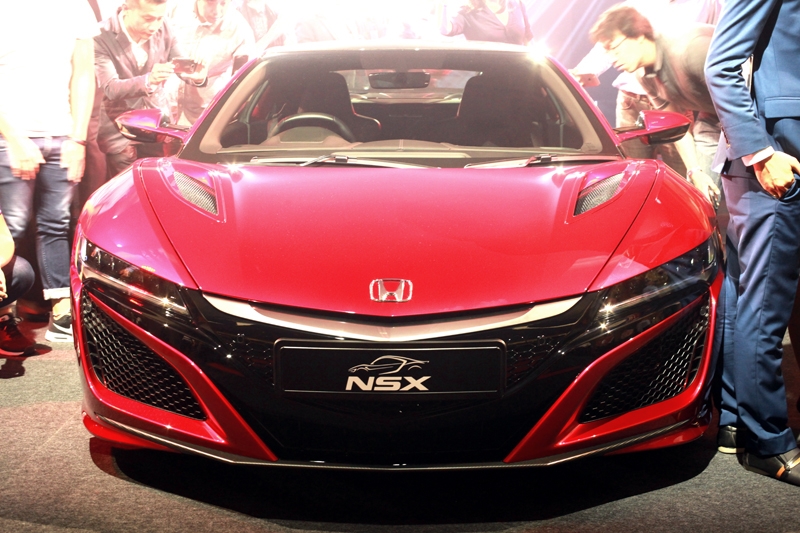
Upon getting the brief, what was Ted Klaus's personal vision for this car?
The first thing my team and myself did was to go spend the whole week in California. Every single day we went out driving and discussing the first NSX. From then on, my personal vision was to make this new NSX, what I consider, ‘technology that responds to the user’ - I imagined that the electric motors could provide responses similar to lightweight machines in terms of both steering and throttle response.
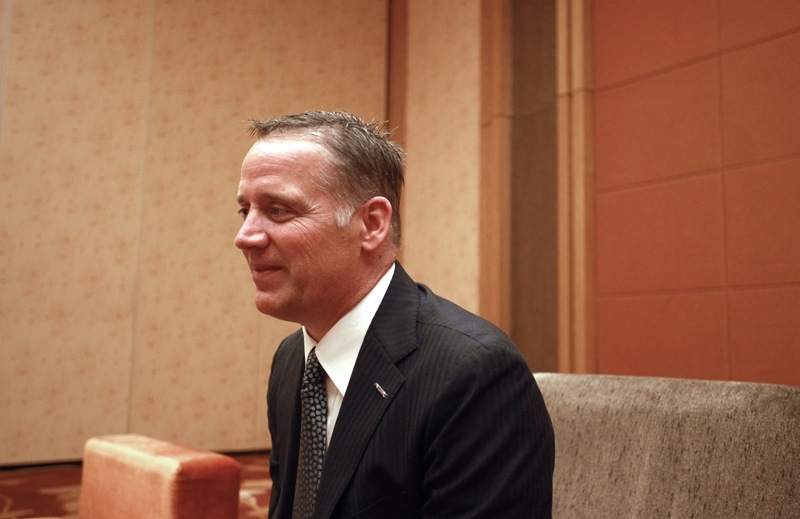
What were the biggest challenges at engineering this NSX? The first NSX achieved cult status worldwide — there must be lots of pressure to achieve something similar!
There were lots of expectations, true. But it’s a blessing the original NSX wasn’t embraced immediately when it was first launched. Instead over time, it aged like fine wine — that thought is keeping me positive with this new model! In terms of challenges, I would say the biggest one was to understand AND help everyone understand this: If you’re going to make an NSX, you cannot simply duplicate the same technologies. The NSX’s heritage is bigger than that, so everything needs to be explored in an open-minded fashion and pick which ones that could provide a non-transient lightweight response.
Then there’s the engineering challenge: We showed the car in concept, but we still had to engineer the aerodynamics and thermal management, and not forgetting the brake-by-wire technology. I was excited hearing (Fernando) Alonso talk about this, because these are the guys who experience this technology firsthand.
Then we come to the body’s construction: We needed to meet global safety standards. Because of this, we came up with this amazingly short and tiny A-pillar. The team and myself even had to improve the construction by 12 percent (above the concept car) to prevent the body from crushing way too easily.
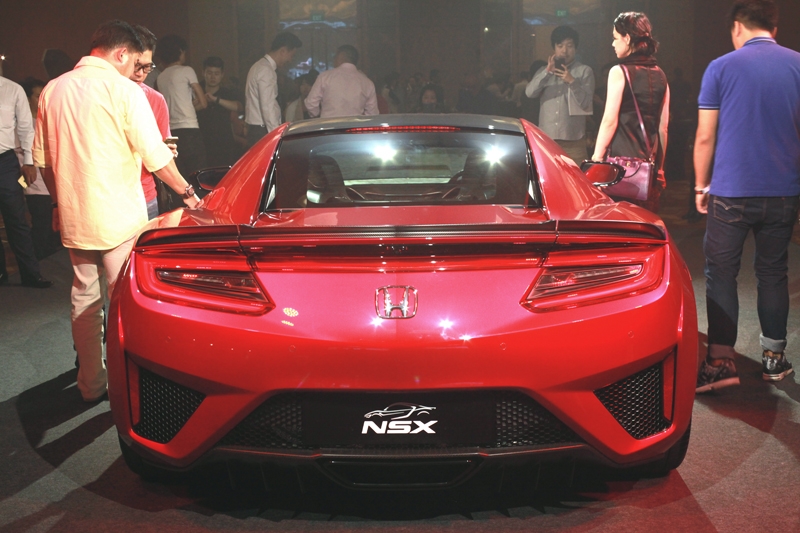
A hybrid powertrain consisting of three electric motors and a mid-mounted twin-turbo 3.5-litre V6 is a far cry from the first NSX. Do you, at any point, felt that it’s too much?
No. If the technology we’ve developed came with responses that were extremely overwhelming and simply too much for the driver, then would I say, “Yes this is too much”. Honestly it took a while for my team to see it the way I did; initially they all thought it was too much. But by making test mules and letting them understand, also realize how anyone can drive it, then did they have the confidence and looked at it the same way I did.
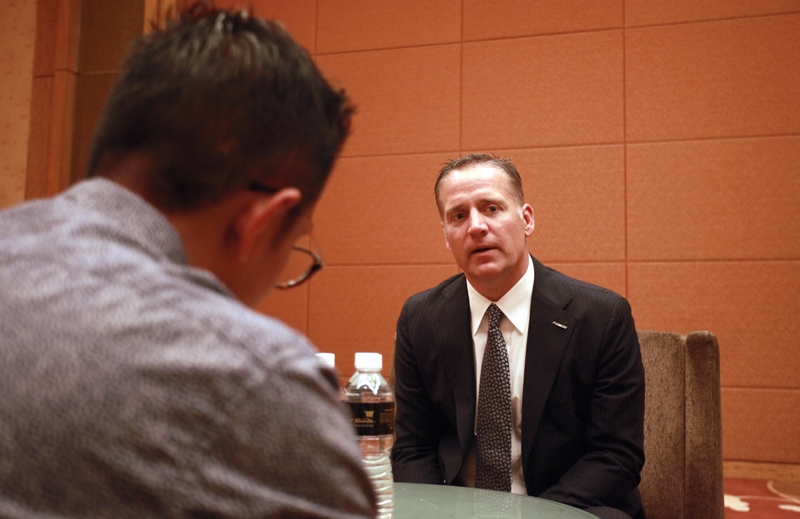
How long did it took for you to finally be satisfied with this NSX’s chassis and suspension?
Took quite some time! Because it had three phases: The first phase, which was the test mule I’ve mentioned earlier, is just to really ensure the technology is working, providing all the right responses. The second phase is the software and safety phase — for this specifically, the test mule lived its life in a ‘proving ground’ environment.
So finally after we sorted out the software and hardware part, we reached the third phase which was all done on public roads all over Europe — three years was taken to reach this third phase, which was to come up with a very special quality which we had first imagined, to be present.
The suspension is really sophisticated for the real road — it keeps the ride quality sorted over bumpy roads and even undulating corners. In this aspect, making a fast car that could be handled by a basic driver is a big, big challenge.
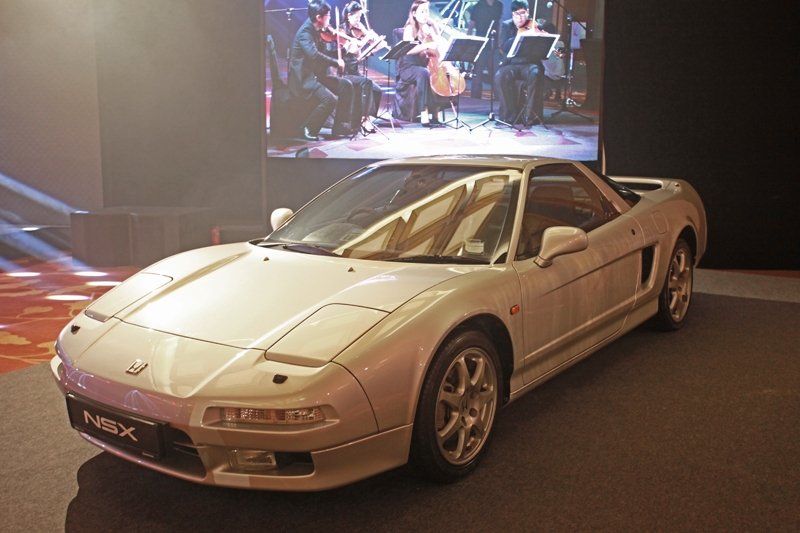
After signing off and approving the car for production, did you sleep well that night? Were you worried and thinking, “My God, what will the world think?”
(Laughs) Yes and no. We had already overcome that challenge from within our team by working together for 4 years. And quite frankly what people do not know is that we’ve also embedded third party experts into our team, like Takuma Sato* and Sean Rayhall*. Basically, we already had the confidence; we are comfortable at making drivers comfortable.
Some journalists however are uncomfortable with the NSX, and we take that feedback to make it different for our next generation sports car.
Next, we need to shake things up even further.
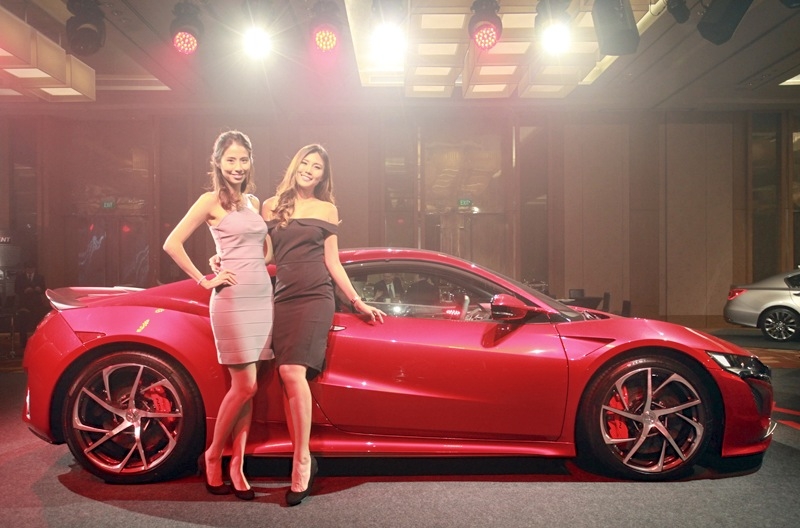
Takuma Sato: Japanese professional driver, ex-F1 driver, currently racing in the IndyCar Series
Sean Rayhall: American racing driver, currently racing in the United SportsCar Championship
